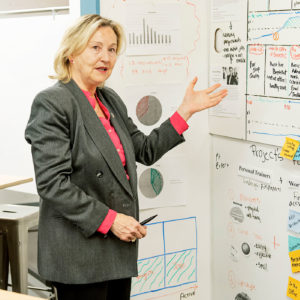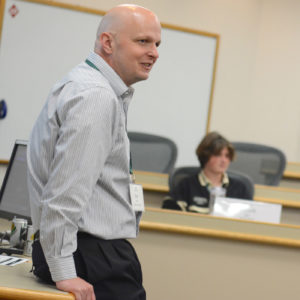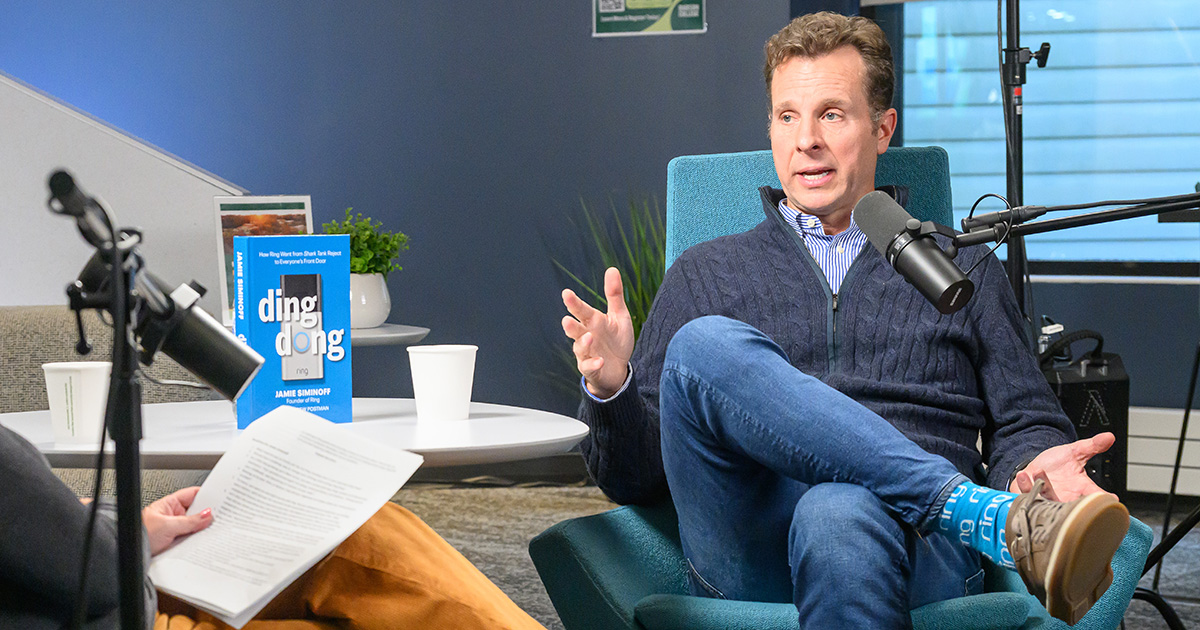These Are the Opportunities Entrepreneurs Can Capitalize on in 2021

Across so many industries, opportunities arise during crisis, due to newfound problems that entrepreneurs set their minds out to solve.
We asked a number of our entrepreneurship professors to reflect on where those opportunities currently live as we turn the calendar to 2021.
Professor Gina O’Connor – Breakthrough innovation
“There are opportunities in medicine to deploy the process used to develop the COVID-19 vaccine using Messenger RNA more generally to all vaccine development, and to consider what the implications are for other sorts of genetic recoding. Shifting gears, now that travel and transportation has been dramatically slowed for at least nine months, as we emerge from this pandemic, how can we find better approaches to air travel and mass transit that are more environmentally sustainable? Opportunities also exist to help people develop strong bonds and deeper ties that meet human needs for social engagement. These were already emerging prior to the pandemic, but are heightened now.”
Professor Phillip Kim – Technology entrepreneurship

“2021 brings new opportunities for technology ventures to solve problems and generate value as we move closer to a post-pandemic world. We need new ways to work and interact. We need better ways to ensure our health and safety. We need to offer pathways to help those restore what has been lost due to the pandemic. What hasn’t changed is the commitment to provide delightful experiences to end users. Entrepreneurs should focus on ways to leverage technology to create and deliver value for their audience.”
Senior Lecturer Caroline Daniels – Entrepreneurship and climate change

“Changes are occurring on a global basis as leaders recognize the need for collaboration to address climate change. We need to think globally and to rethink industry business functions and processes in business models throughout the value chain. Means of production, new technologies, and the way each of us consume will be changing. Customers are becoming more environmentally conscious and are increasingly willing to change if shown how. In effect, we are learning from nature, and innovators are applying the principals of biomimicry in design.”
Associate Professor Matthew Allen – Family entrepreneurship

“Families are particularly positioned to take advantage of entrepreneurial opportunities. Business families have long histories to draw from when dealing with difficulties. Family businesses tend to focus more on relationships with clients as well as suppliers and others in their business, which become a boon in a crisis because they provide business families with greater levels of flexibility when making changes in order to adapt or innovate. Family businesses also tend to be more conservative financially than their non-family counterparts, which allows them to take advantage of expansion, growth, and even acquisition opportunities during downturns when other businesses cannot.”
Professor Andrew Corbett – Corporate entrepreneurship

“Corporate innovators—and innovators and entrepreneurs of all types—need to be prepared to develop opportunities with respect to their business model in general, but their distribution model in particular. Customers will be more open to experience products or services in a different way given what happened in 2020. This should embolden innovators to continue to search for new solutions, customization, different distribution, and new ways of financing.”
Posted in Entrepreneurial Leadership





